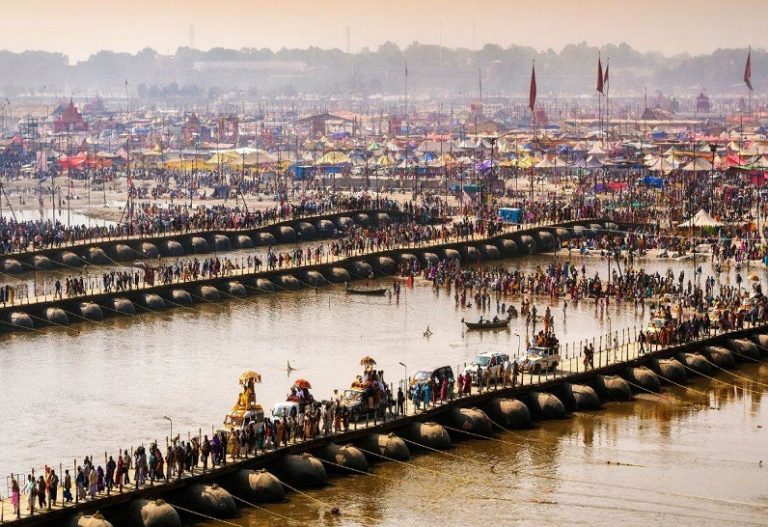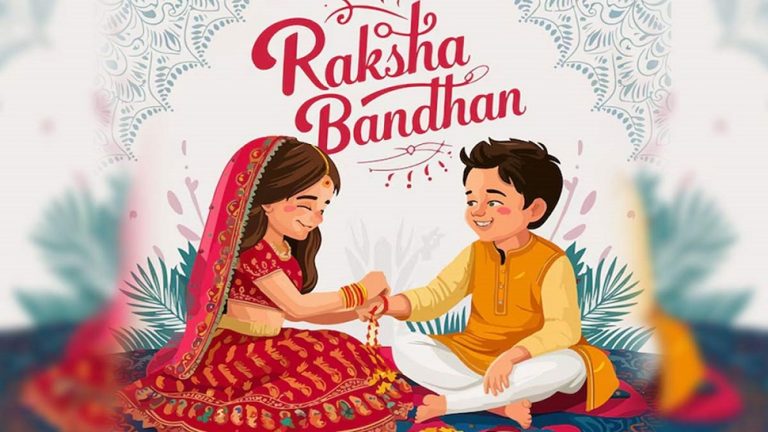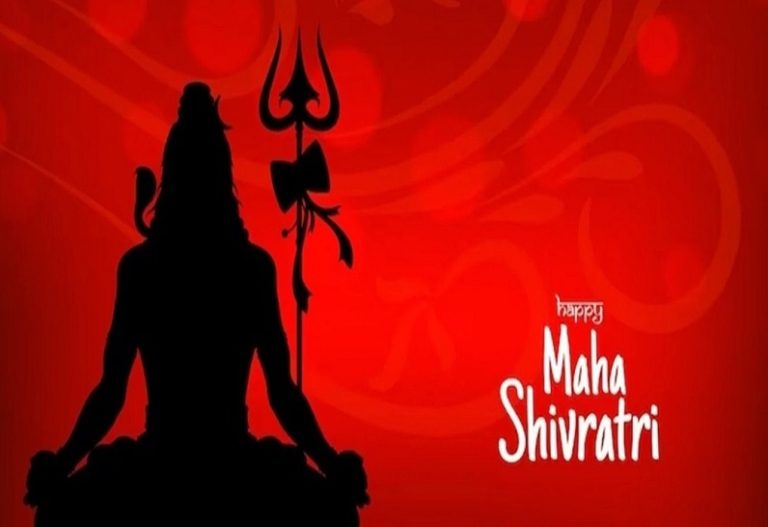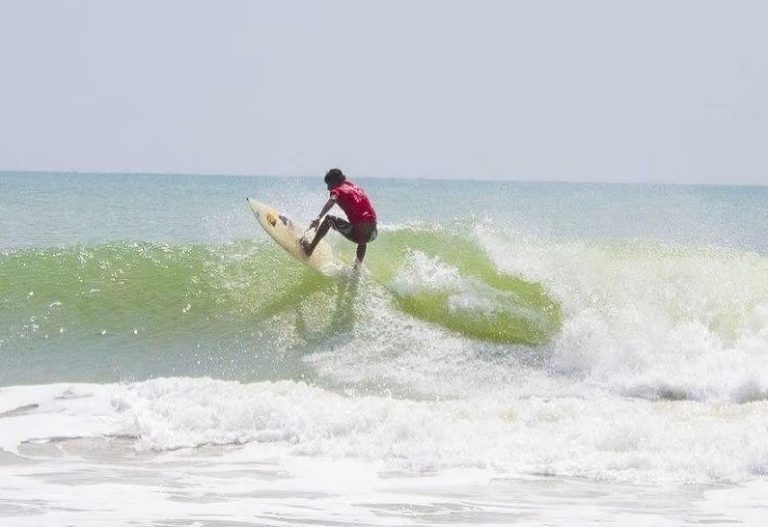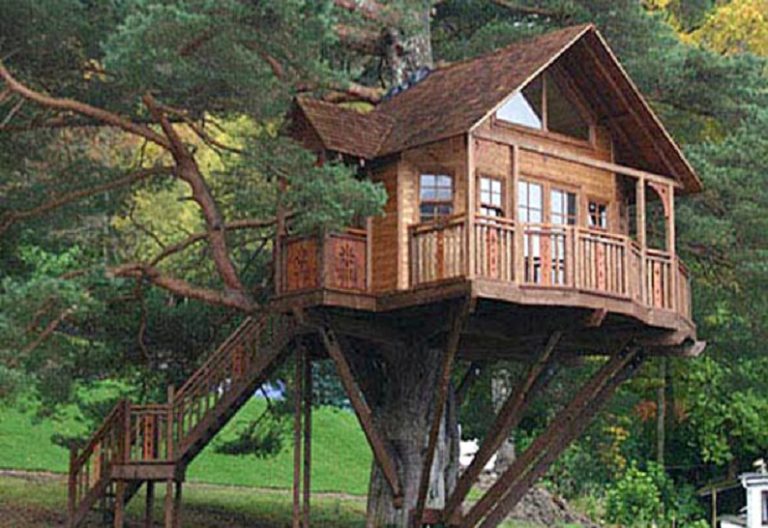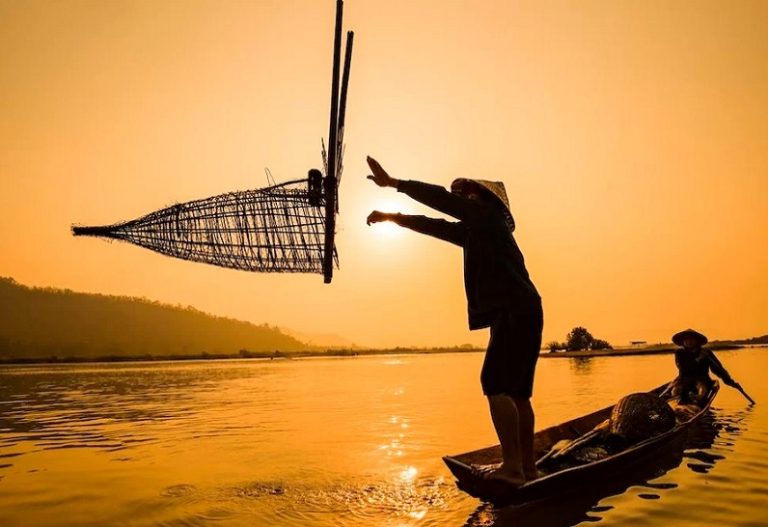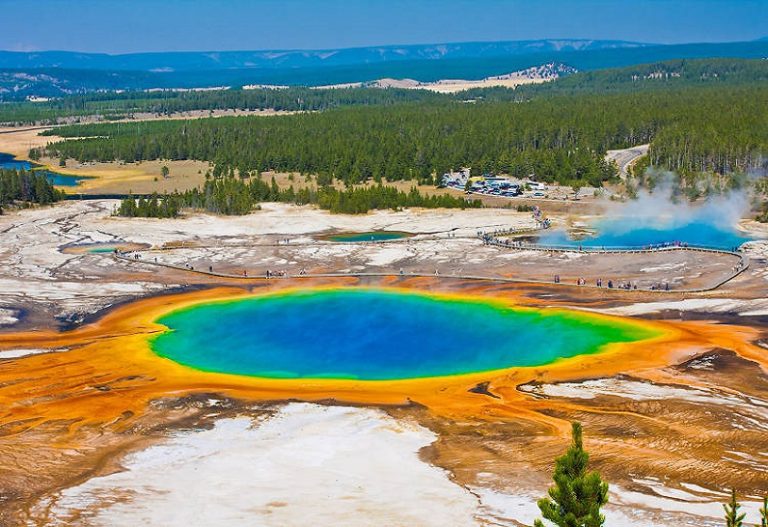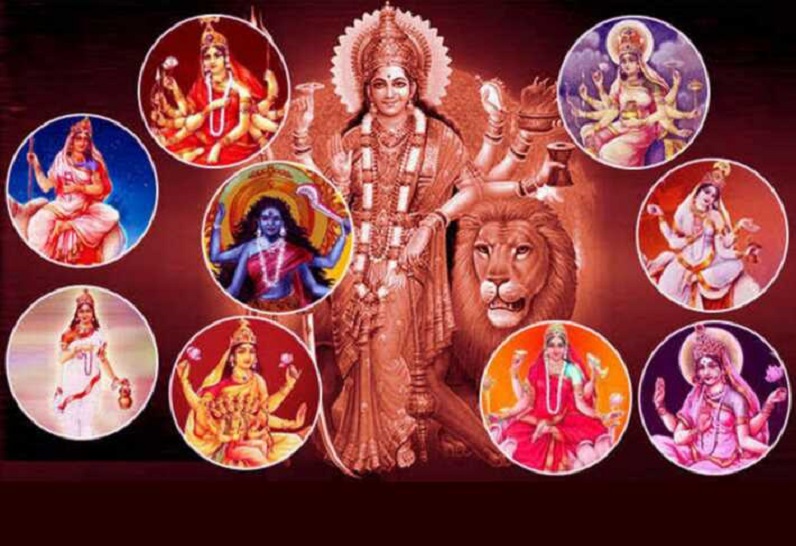
Good always wins over evil and it is always celebrated with sheer bliss. Durga Puja and Navratri festival is another example of the victory of good over evil and the celebration afterwards. Durga Puja is a festival celebrated in North and East India where devotees worship lord Durga. The dates are decided as per the Hindu Lunar Calendar which is celebrated from the sixth to the tenth day of the Ashwin month.
As per Hindu mythology, Durga, a form of Shakti, defeated the demon Mahishasura. In honour of goddess Durga, Navratri is celebrated. The nine-day celebration is concluded at Dussehra, the day Lord Ram defeated Ravana.
Navratri Festival Dates
Navratri is celebrated majorly two times in the entire year, but the most popular is Sharad Navratri which starts in September or early October. Each day is devoted to a goddess to honour them.
Pratipada
Navratri begins by Ghatasthapana where Shailputri is worshipped. Shailputri is an incarnation of goddess Parvati and is pleased by wearing grey colour.
Dwitiya
The goddess Brahmacharini is worshipped on the second day of Navratri. She is another incarnation of goddess Parvati and depicts strictness.
Tritiya
Chandraghanta is the goddess worshipped on the third day who depicts courage and bravery. She is the married form of goddess Parvati.
Chaturthi
On the fourth day of Navratri, the goddess Kushmanda is worshipped. As per Hindu mythology, she is the one who created the universe by giving light and energy as she lives inside the Sun and represents the goddess Durga.
Panchami
Skandamata, the mother of Kartikeya is worshipped on the fifth day of Navratri and she depicts love and purity.
Shasthi
The seventh day of Navratri is devoted to Goddess Katyayani. She depicts the warrior form of the goddess Parvati.
Saptami
Goddess Kalaratri is worshipped on the seventh day of Navratri. She is believed to put an end to evil demons during the battle against Mahishasura and protects others as well.
Ashtami
The younger daughter of Shailputri, Goddess Mahagauri is worshipped on this day. On one of the most important days of Durga Puja, the goddess Mahagauri represents the cleansing of sins and improving society.
Navami
Goddess Siddhidatri is worshipped on this day and has all eight supernatural powers. As per mythology, it is believed that she granted the same powers to Lord Shiva.
Navratri Rituals and Traditions
Before celebrating any festival, certain rituals are followed to please the god and goddesses. During the nine-day festival, nine different goddesses are worshipped and they are thanked for what they have given to humankind. The foremost ritual followed by the majority of the people in India is fasting. Devotees fast throughout the course of nine days followed by prayers every day.
In western parts of the country like Gujrat and Maharashtra, people have a tradition of wearing different colours every day depending on the day of Navratri. Each of the goddesses depicts different emotions which is why people wear a different colour every day to worship them. People in Gujrat start their rituals by bringing clay pot into their homes and decorating it. Afterwards, a lamp is lit on the top of the pot and women dance around it.
Eastern India is the part where Durga Puja is celebrated during Navratri. Earlier, people worshipped nine different plants, each depicting nine goddesses. Now, pandals are decorated in West Bengal, Assam and other parts where idols of goddess Durga are worshipped. Not just that, but the celebration has now evolved from just rituals to enjoyment as well. During Durga Puja, several cultural programs are organised which include music, dancing, and performing arts. All of them are related to devotion toward Goddess Durga.
Durga Puja is one of the most important festivals for the people of West Bengal. During the celebration, the capital city of West Bengal is entirely decorated with thousands of lights making it a sight worth witnessing. Fairs are also a part of the celebration which brings the city to life even in late hours. Delicious eateries and traditional clothing are also popular during Durga Puja.
Different Ways of Celebrating Navratri Festival
Undeniably, India is the perfect definition of diversity. Navratri is among those festivals which are celebrated by the majority of the nation, but each one has a unique way of celebrating it. Western parts of the country celebrate this festival with the most enthusiasm. On the other hand, Odisha and West Bengal celebrate these auspicious days as Durga Puja.
Western Navratri
Gujrat is the best place in western India to experience Navratri celebrations. Here, people celebrate these days with their traditional dances called Garba and Dandiya. Traditional clothes are worn by the dancers and small decorated sticks known as dandiya are used during the celebration.
In northern India, New Delhi is the place to witness great Navratri celebrations. Here you can experience Garba, Durga Puja, and RavanDehan, all in one place. Being the capital city, it has people from all over the country which makes it one of the most versatile places in the entire nation to enjoy this festival.
Mumbai is a bit different from the Navratri festival. Here, people go to clubs, parties, stadiums, and similar places where they have introduced a new term called Disco Dandiya making it a one-of-a-kind experience. However, you can also enjoy traditional celebrations as well.
Moving on to the southern parts of the country, then they have a unique way of expressing their celebration. In states like Tamil Nadu, Andhra Pradesh, and Karnataka, they call Navratri Golu and decorate or arrange dolls on odd-numbered steps. Once the arrangement is completed, women from nearby houses come to see each other’s decorations. Bathukamma is the celebration during Navratri specific to Telangana. The celebration is devoted to Goddess Maha Gauri who is worshipped with flower festival as she is believed a life-giver.
Navratri is the beginning of the festival days for Indians. Not just celebration, but rituals are a significant part of Navratri. Every woman is treated as a goddess these days and girl children are worshipped. Navratri ends at Navami and the next day is celebrated at Vijaya Dashmi or Dussehra.

